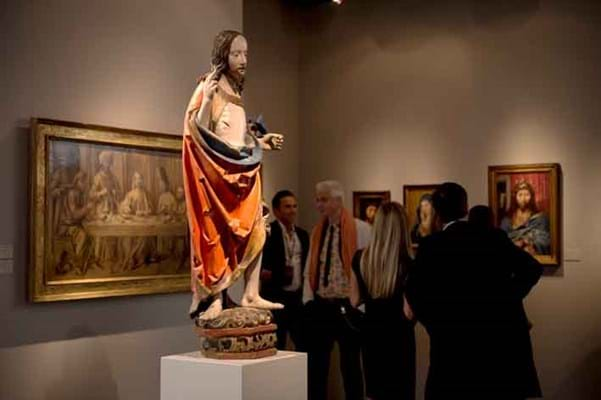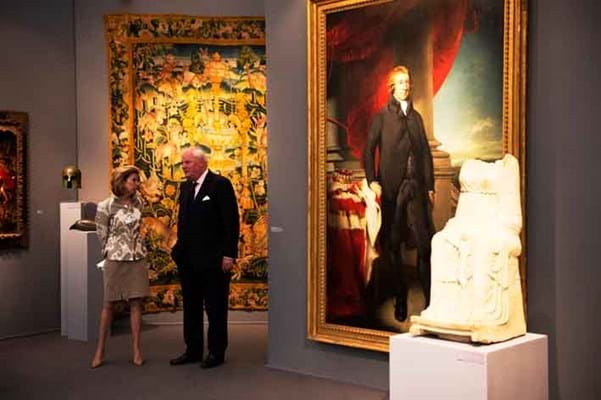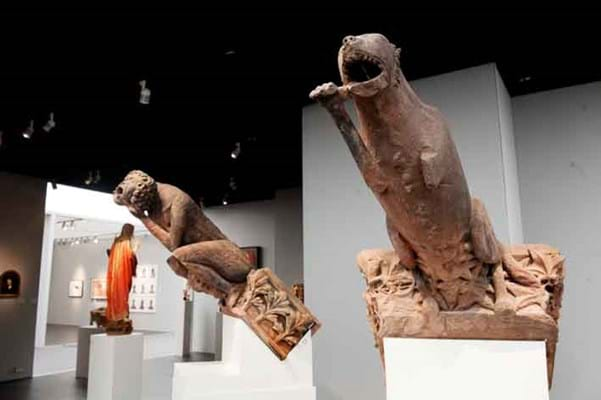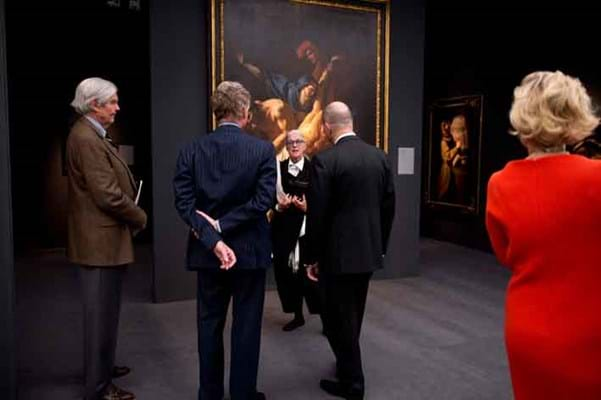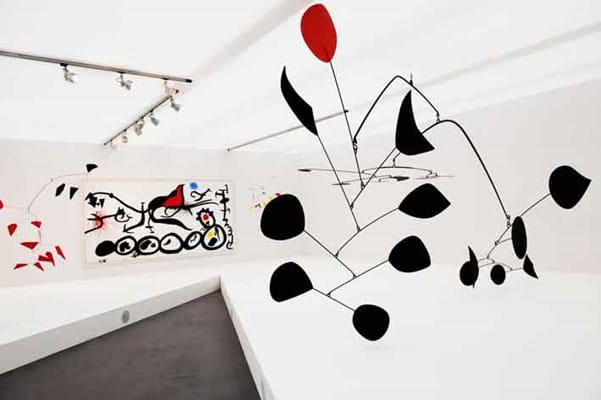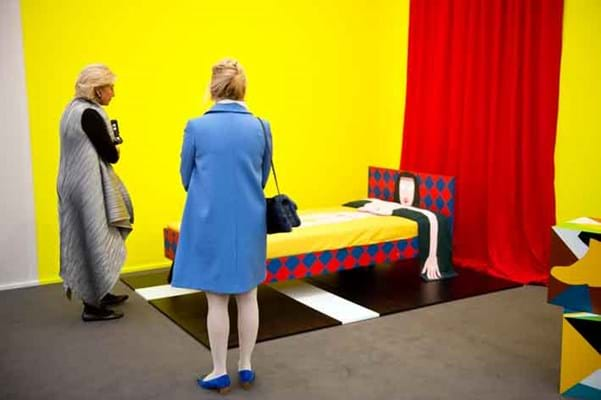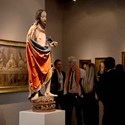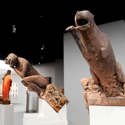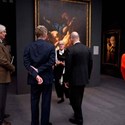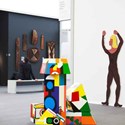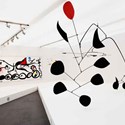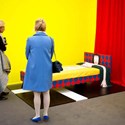But now Frieze have turned their attentions backwards, to see if they can apply some of this magic to the market for 'historical art' produced before the year 2000 with a new fair called Frieze Masters, directed by Victoria Siddall.
For years, dealers and fair organisers in the wider art and antiques market have watched in green-eyed awe as Frieze excites the sort of attention and sales that they can only dream of. Now, a few of them may get the chance to see if some of the lustre of its trendy big sister can rub off on Frieze Masters.
In talking about their decision to participate in Masters, many exhibitors refer to 'broadening horizons', 'attracting a new audience' and the hope that people will look afresh at their stock when shown in a contemporary context. The traditional 'fine art and antiques fair' of old this certainly is not.
An air of infectious enthusiasm surrounds this eagerly anticipated event, combined with a bit of mystery, hearsay and cynicism. But can it live up to the hype?
The inaugural event is about to open, running from October 11-14 (invitation preview on October 10) and coinciding with Frieze London, as it must now be known, now in its tenth year and undoubtedly the totem around which London's Contemporary art market revolves.
When the new fair was first announced at the start of the year, many thought that it would be situated alongside the Contemporary event's marquee in the southern end of Regent's Park, but in fact it will be about a 15-minute walk away in the North East corner of the park, next to London Zoo.
Just as big, bold, irreverent Frieze Art Fair sprang from the booming financial times of 2003, Masters seems a product of its own times, a few years of recession have contributed to a more circumspect reconsideration of the past. There is a need to set the contemporary arts in their historical context, and a current zeitgeist for collecting and looking at art in a broader way, across periods and cultures rather than remaining confined to a single discipline.
The importance of Frieze week for London's Contemporary art market is huge, but will Masters make it of broader significance to the wider art and antiques market, as (hopefully) a new wave of collectors, curators and dealers flock to the city. That is certainly the plan, but the big question is will the fair do the business across the board, from antiquities, tribal art and early sculpture to Modern art and photography?
And how many of the 60,000+ visitors to Frieze London will then make the, admittedly short, trip across Regent's Park to Masters? I suspect a fair few of the day-trippers and students who flock to the former may not bother to pay more for the joint ticket, but those with a more serious interest and who might actually buy will with any luck, helped by the provision of a shuttle bus or, if you're deemed a VIP, a chauffeur-driven BMW between the two events.
Exhibitors
But onto the facts. Just over 90 exhibitors are exhibiting within a semi-permanent structure, designed by New York architect and designer Annabelle Selldorf, and they will be divided across two sections - 77 in the main body of the fair and 22 in Spotlight, smaller stands dedicated to solo artist presentations from across the globe.
The line-up is international, with galleries from 18 countries, and truly top end, including a few dealers who don't normally do UK fairs, such as Antwerp-based Axel Vervoodt, and specialisms span tapestry, tribal art, antiquities, sculpture and works of art, as well as 20th century Modern art. In short, anything that can be called 'art', but there will be no furniture or jewellery.
Exhibitors have been allowed to choose from a palette of whites and greys for their stand designs, to allow for a more seamless juxtaposition of periods, the intention being that visitors will not be put off looking at Old Masters by gaudy red walls. Furthermore, for the selection process every dealer had to submit a detailed proposal of what they would bring and how it would be presented because, Victoria Siddall explained, "We wanted the galleries to challenge themselves to think about how they could present their work differently, not create the same traditional fair stand as they would for other fairs".
The bulk of exhibitors are still Modern and Contemporary art galleries, some of whom exhibit at both Masters and Frieze London, such as London's Lisson Gallery and international über galleries, Gagosian and Pace.
But Old Master dealers are also at the fore, including a healthy number of London specialists such as Jean-Luc Baroni, Colnaghi, Derek Johns, Robilant + Voena, Ben Elwes and Stair Sainty. Stephen Ongpin, Emanuel von Baeyer and Lowell Libson add their expertise in works on paper of all periods to the mix as well.
Among the sculpture specialists are The Sladmore Gallery (London) with 19th and 20th century works and, with early European sculpture, Daniel Katz (London) and Tomasso Brothers Fine Art (Leeds).
Commenting on their decision to do the fair, Dino Tomasso said: "We are extremely excited about the crossover of cultures, that is collectors of Contemporary art and those of antiques, particularly since sculpture looks so fantastic when juxtaposed with Contemporary objects and placed in contemporary interiors."
And who else will join them? The mix is expanded by the likes of antiquities dealer Rupert Wace (London), tribal art gallery Entwistle (London and Paris), Asian art from Ben Janssens Oriental Art (London) and James Hyman (London), who combines his stock of Modern art with two special displays concentrating on early photography.
An extensive series of talks curated by Jasper Sharp will take place alongside the fair - see the website for details.


